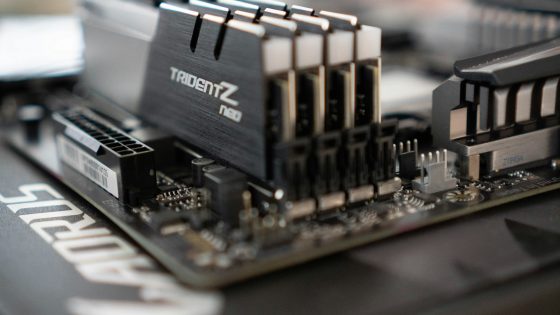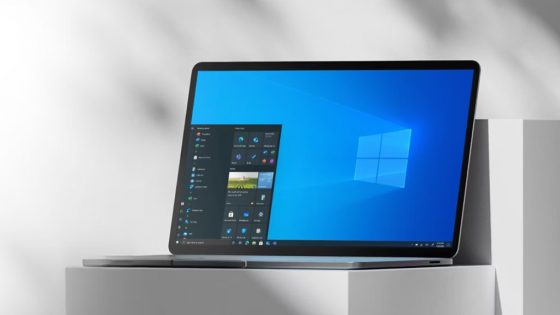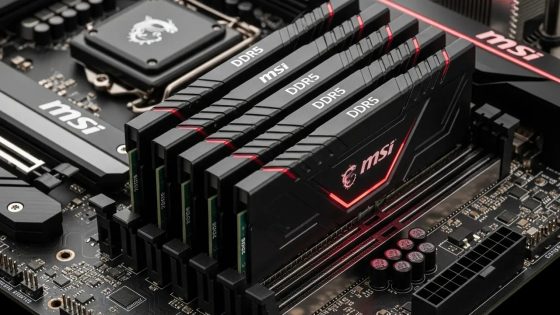The atomic revolution in memory technology

The race for faster and more efficient mobile processors has reached a new milestone. Scientists from Fudan University in Shanghai have unveiled the first fully functional 2D flash chip, combining ultrafast 2D memory technology with a mature silicon-based CMOS platform.
The device supports 8-bit instructions and 32-bit parallel random access processing, and achieves 94.3 percent memory cell efficiency. The operating speed exceeds existing flash technologies, marking the first successful integration of 2D materials with silicon.
In the era of artificial intelligence, where speed of data access is crucial, this innovation solves one of the biggest challenges of modern computing, namely slow and energy-wasting memory architectures.
The team developed a prototype of PoX 2D flash memory in April, achieving a write speed of 400 picoseconds. This is the fastest memory write ever recorded. By integrating it into existing CMOS platforms, the scientists have significantly reduced the time to commercial use.
Using flexible 2D materials and a modular approach, they created stable connections between 2D circuits and CMOS substrates at the atomic level, enabling efficient communication between the two technologies.
The chip has already completed the tape-out phase, and pilot production and expansion to a megabyte system are planned in the next three to five years. According to experts, this technology will first be commercialized in memory devices, as it requires less stringent production conditions but offers exceptional performance.






























